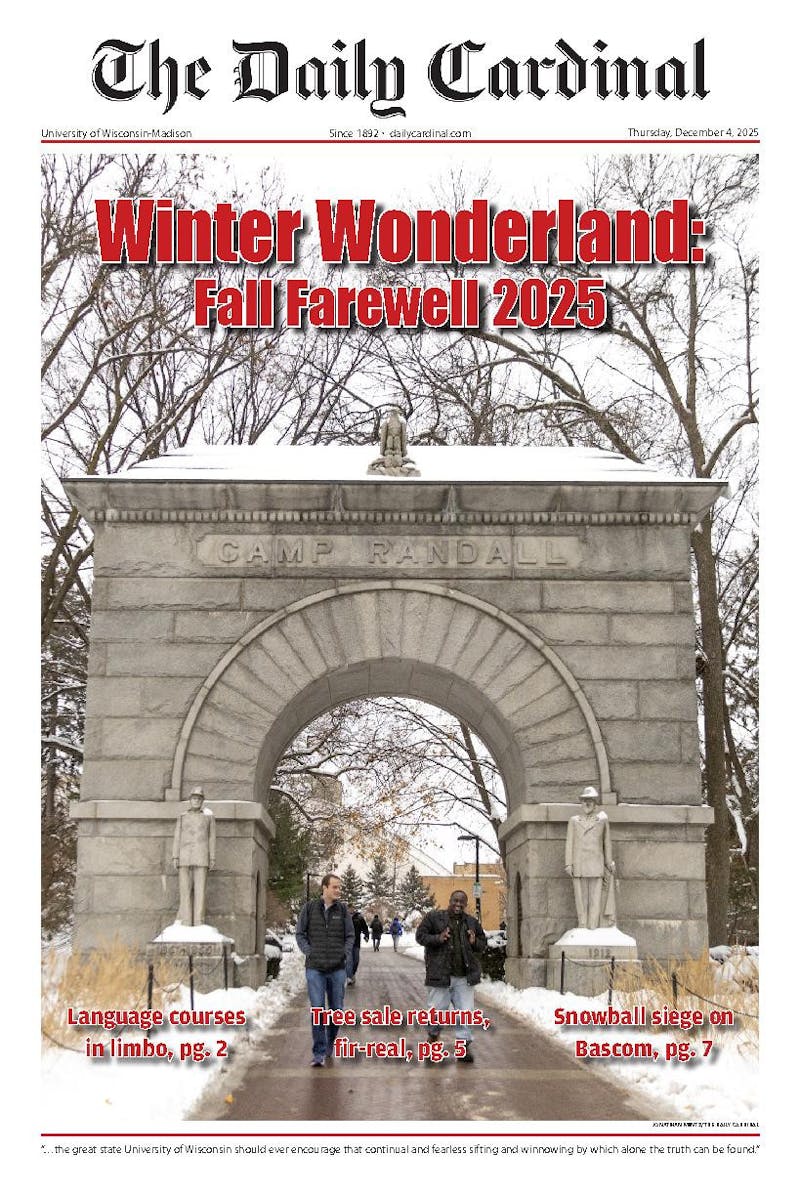The Student Services Finance Committee's vote Thursday to slash the majority of SAFEwalk's budget will permanently bench many red-shirted SAFEwalkers-all for the sake of green. Money issues permeated the debate over the SAFEwalk decision as SSFC members assessed the \value"" of walking a student home versus that of providing a ""free"" cab ride. Although the misguided compromise initially appeases the SSFC and appears like a boon for the reallocation of students' segregated fees, it will drastically increase the cost of SAFEride and future financial burden.
SAFEwalk, SAFEride cab and SAFEride bus compose a trio of services designed to ensure campus safety. SAFEwalk provides walking escorts, SAFEride cab offers free cab service and SAFEride bus circulates the majority of residential areas on campus. The demand for SAFEride cab exceeds the alternatives, and the lengthy wait for a cab often requires students to assess whether SAFEwalk or SAFEride bus represent viable alternatives. Together, these safety provisions function as checks and balances that regulate the supply and demand of SAFE's services. The reduction of SAFEwalk will foster dependence on SAFEride cab, thereby glutting the system and increasing the cost of SAFEride cab.
The $34,146 cut from the SAFEwalk budget could conceivably go toward SAFEride cab, but though the money could increase the number of dispatchers, this will not reduce the wait for a cab. The number of cabs in the city remains limited and the budget cut will not increase the fleet. For insurance purposes, SAFE contracts with Union Cab and thus the availability of cabs relies solely on demand. If demand increases, which it will upon the reduced availability of SAFEwalk, the supply of cabs decreases. Additional dispatchers could decongest the phone lines, but students who seek this mode of transportation would still endure the same extended wait.
Advocates of decreasing SAFEwalk's budget also argue that since each trip costs about $53 and claims a scant 0.2 percent of all SAFE services, SAFEwalk wastes an exorbitant amount of money. Furthermore, they contend, escorting students safely to their abodes at this cost does not represent a good ""value."" At face value, yes, $53 per trip seems like one expensive promenade. But upon closer investigation, SAFEwalk reaps more bang for one's segregated fee buck than the SAFE program will without the service.
The interplay of SAFEride cab and SAFEwalk forces students to determine what constitutes a walk as opposed to a ride. With a slashed SAFEwalk budget, SAFEride cab will face the obligation of assisting students who cannot (or simply do not) distinguish between the two. SAFEwalk's flat fee ensures a relatively consistent budget regardless of distance walked, but the flat rate for SAFEride cab works in the opposite direction. Students who demand short rides will cost the program a flat fee that exceeds the actual rate calculated by the cab's meter.
By determining the ""value"" of SAFEwalk based largely on the portion of money ""saved"" by slashing the budget, the SSFC made a green decision. Its na??ve choice will not relieve the burden of rising tuition, allocate segregated fees more effectively or increase availability of SAFEride cab. In fact, this decision will put the SSFC in the red as they reconcile with rising SAFEride costs and fewer places to make financial cuts.





